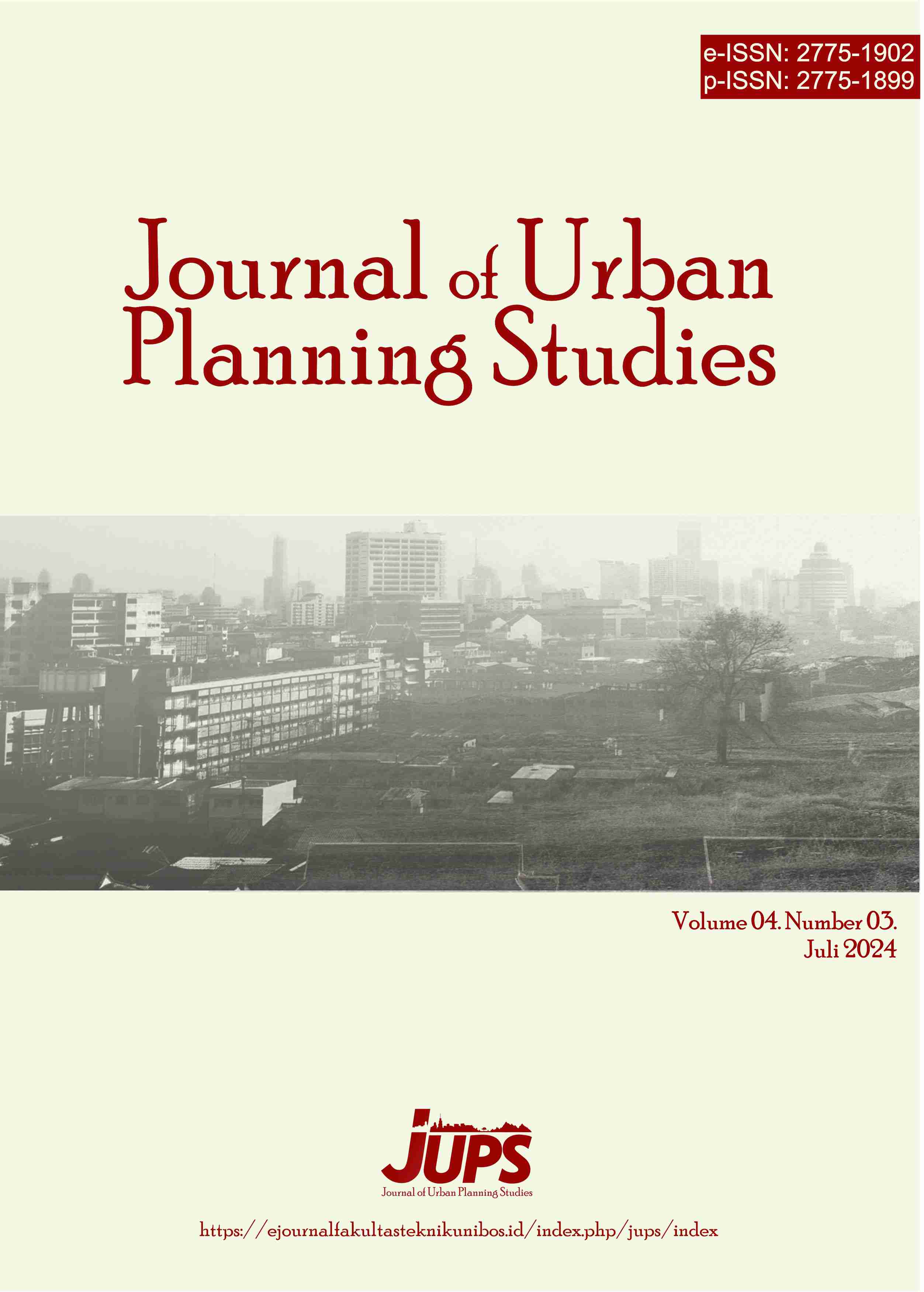Strategi pemenuhan kebutuhan air bersih pada masyarakat desa ajakkang, kecamatan soppeng riaja, kabupaten barru
DOI:
https://doi.org/10.35965/jups.v4i3.514Kata Kunci:
Kebutuhan Air Bersih, Pemenuhan, Kabupaten BarruAbstrak
Abstract. The main problems in this study are (1) What factors influence the unfulfilled need for Clean Water in the people of Ajakkang Village, Soppeng Riaja District, Barru Regency? (2) What is the strategy in meeting the needs of Clean Water in the Ajakkang village community? The research was conducted in Ajakkang Village, Barru Regency. Where the need for clean water in this village is needed due to the availability of minimal water sourced from wells and also poor water quality. The analysis used in this study is chi-square test analysis to determine the influencing factors and SWOT analysis to determine the direction of strategies in meeting Clean Water needs. The results of this study show that the variables of water availability and water quality have a strong effect on clean water needs, the variables of clean water facilities have a moderate effect and economic conditions have a weak effect on clean water needs.
Abstrak. Masalah utama dalam penelitian ini adalah (1) Faktor-faktor apa yang mempengaruhi tidak terpenuhinya kebutuhan Air Bersih pada masyarakat Desa Ajakkang, Kecamatan Soppeng Riaja Kabupaten Barru? (2) Bagaimana strategi dalam pemenuhan kebutuhan Air Bersih pada Masyarakat desa Ajakkang? Penelitian dilakukan di Desa Ajakkang Kabupaten Barru. Dimana kebutuhan air bersih di desa ini sangat dibutuhkan dikarenakan ketersediaan air yang minim yang bersumber pada sumur dan juga kualitas air yang buruk. Analisis yang digunakan dalam penelitian ini adalah analisis uji chi-square untuk mengetahui faktor yang mempengaruhi dan analisis SWOT untuk menentukan arahan strategi dalam pemenuhan kebutuhan Air Bersih. Hasil penelitian ini menunjukkan bahwa variabel ketersediaan air dan Kualitas air berpengaruh kuat terhadap kebutuhan air bersih, variabel sarana air bersih berpengaruh sedang dan kondisi ekonomi berpengaruh lemah terhadap kebutuhan air bersih.
Referensi
Bhattacherjee, A. (2021). Social Science Research: Principles, Methods, and Practices. Textbooks Collection.
Blaikie, N., & Priest, J. (2021). Designing Social Research: The Logic of Anticipation. Polity Press.
Brown, K., & Lee, H. (2023). Infrastructure and Access to Clean Water: Challenges and Solutions. Journal of Environmental Management, 42(1), 210-225.
Creswell, J. W. (2021). Research Design: Qualitative, Quantitative, and Mixed Methods Approaches. SAGE Publications.
Creswell, J. W., & Poth, C. N. (2023). Qualitative Inquiry and Research Design: Choosing Among Five Approaches. SAGE Publications.
Garcia, M., et al. (2023). Sustainable Water Management Practices in Developing Region.
Babbie, E. (2024). The Practice of Social Research. Cengage Learning.
Gill, P., Stewart, K., Treasure, E., & Chadwick, B. (2021). Methods of data collection in qualitative research: interviews and focus groups. British Dental Journal.
Hart, C. (2022). Doing a Literature Review: Releasing the Research Imagination. SAGE Publications.
Jones, M., et al. (2024). Water Scarcity in Rural Areas: Implications and Policy Approaches. International Journal of Rural Planning, 38(3), 150-165.
Kodoatie, R. J. (2015). Manajemen Sumber Daya Air Terpadu. Yogyakarta: Andi.
Mason, J. (2022). Qualitative Researching. SAGE Publications.s. Water Policy, 25(6), 423-439.
Neuman, W. L. (2021). Social Research Methods: Qualitative and Quantitative Approaches. Pearson.
Nguyen, T., et al. (2024). Assessing the Impact of Seasonal Variability on Water Availability. Journal of Hydrology, 49(4), 290-305.
Rose, G. (2022). Visual Methodologies: An Introduction to Researching with Visual Materials. SAGE Publications.
Smith, J., et al. (2022). Global Water Resources and Availability: A Comprehensive Overview. Water Resources Research, 58(2), 345-362.
Sugiyono. (2009). Metode Penelitian Kuantitatif Kualitatif dan R & D. Bandung: Alfabeta.
Suriawiria, U. (2005). Pengantar Ilmu Air. Bandung: ITB.
Tjiptono, F. (2014). Strategi Bisnis. Yogyakarta: Andi.
United Nations. (1979). International Drinking Water Supply and Sanitation Decade. New York: United Nations.
Wahyuni, I. (2017). Kualitas Air dan Pengaruhnya terhadap Kesehatan. Jakarta: UI Press.
##submission.downloads##
Diterbitkan
Cara Mengutip
Terbitan
Bagian
Lisensi
Hak Cipta (c) 2024 Nurul Fahira, Kamran Aksa, Emil Salim Rasyidi

Artikel ini berlisensi Creative Commons Attribution 4.0 International License.













